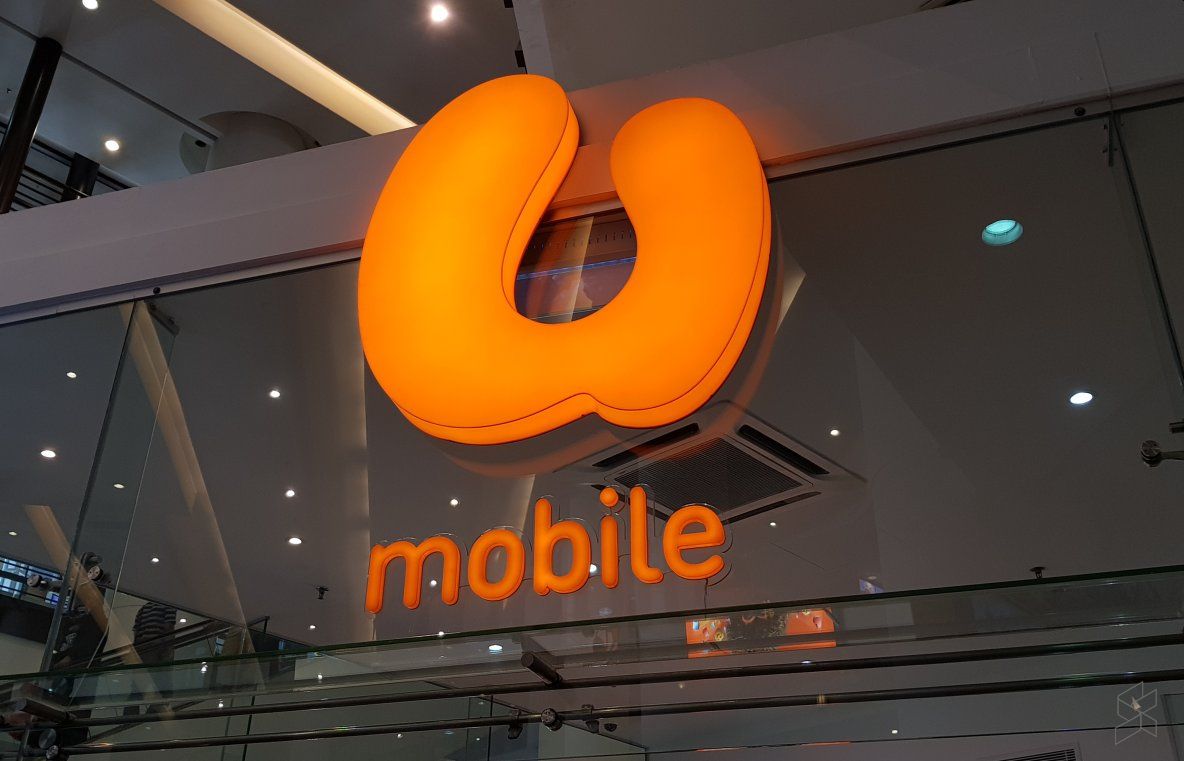Google launched four new Pixel 9 smartphones quite recently. Amongst them are two ‘Pro’ non-foldable smartphones which we are here to compare, the Google Pixel 9 Pro vs Google Pixel 9 Pro XL. Google actually opted not to cut corners on the smaller flagship this time around. These two smartphones are basically on the same level. The larger model does have a larger display, though, and thus a larger battery too. It does not have any specific advantages over the smaller variant, though, so you can get the size that suits you.
There is the vanilla Pixel 9 model too, of course, which is inferior to both of these, but almost as powerful. The last new smartphone is Google’s new foldable, the Pixel 9 Pro Fold. With that being said, we’ll first list the specifications of the Pixel 9 Pro and Pixel 9 Pro XL. Following that, we’ll compare the two smartphones across a number of other categories, ranging from design to audio output. Let’s get to it.
Specs
Google Pixel 9 Pro vs Google Pixel 9 Pro XL, respectively
– Screen size:
6.3-inch QHD+ OLED (120Hz, HDR, 3,000 nits)
6.8-inch QHD+ OLED (120Hz, HDR, 3,000 nits)
– Display resolution:
2856 x 1280
2992 x 1344
– SoC:
Google Tensor G4
– RAM:
16GB
– Storage:
128GB/256GB/512GB/1TB
– Rear cameras:
50MP (wide, f/1.7 aperture, 1.2um pixel size, OIS, EIS), 48MP (ultrawide, f/1.7 aperture, 123-degree FoV), 48MP (periscope telephoto, f/2.8 aperture, OIS, EIS, 5x optical zoom)
– Front cameras:
42MP (f/2.2 aperture)
– Battery:
4,700mAh
5,060mAh
– Charging:
27W wired, 21W wireless (Pixel Stand), 12W Qi wireless, 5W reverse wireless (no charger)
37W wired, 23W wireless (Pixel Stand), 12W Qi wireless, 5W reverse wireless (no charger)
– Dimensions:
152.8 x 72 x 8.5 mm
162.8 x 76.6 x 8.5 mm
– Weight:
199 grams
221 grams
– Connectivity:
5G, LTE, NFC, Wi-Fi, USB Type-C, Bluetooth 5.3
– Security:
Ultrasonic in-display fingerprint scanner
– OS:
Android 14
– Price:
$999+
$1,099+
– Buy:
Google Pixel 9 Pro (Best Buy, Google Store)
Pixel 9 Pro XL (Best Buy, Google Store)
Google Pixel 9 Pro vs Google Pixel 9 Pro XL: Design
These two smartphones look exactly the same. The only difference is in their size, of course. The ‘XL’ model is essentially a larger variant of the Pixel 9 Pro. Both phones are made out of metal and glass. An aluminum frame is backed by the Gorilla Glass Victus 2 on the back. The corners are rounded, and the frame is flat all around on both devices. The frame also curves towards the sides.
You’ll notice a flat display on the front here, with a centered display camera hole. The bezels are thin on both smartphones and uniform too. The physical buttons sit on the right-hand side, with the power/lock key being placed above the volume rocker buttons. If we flip the two phones around, you’ll notice that the backplate is also flat. Both smartphones have the same pill-shaped camera island with three cameras on the inside.
The Pixel 9 Pro XL is taller and wider than the Pixel 9 Pro, quite a bit, but the two phones have the same thickness. The ‘XL’ model is also 22 grams heavier than the ‘Pro’ unit. Both smartphones are IP68 certified for water and dust resistance. It’s also worth saying that they’re both quite slippery, so using a case may be a good idea. Both devices have a matte backplate, a matte camera island, and a shiny frame. They feel like premium pieces of tech in the hand, that’s for sure.
Google Pixel 9 Pro vs Google Pixel 9 Pro XL: Display
The Google Pixel 9 Pro features a 6.3-inch 2856 x 1280 LTPO OLED display. That panel is flat, and it has an adaptive refresh rate (1-120Hz). HDR content is supported here, and the peak brightness of this display is 3,000 nits, on paper. The display aspect ratio is 20:9, while the Gorilla Glass Victus 2 protects the panel.
The Pixel 9 Pro XL, on the other hand, includes a 6.8-inch 2992 x 1344 LTPO OLED display. It is flat, it supports HDR content, and it has an adaptive refresh rate too (1-120Hz). The peak brightness here is 3,000 nits too, on paper, while the display aspect ratio on this panel is 20:9, the same as on the Pixel 9 Pro. This display is protected by the Gorilla Glass Victus 2 from Corning.
These two panels are basically identical. The Pixel 9 Pro XL’s display is larger, and ever so slightly sharper, but the difference is barely there, you won’t notice it. Both panels are vivid, and sharp, have great viewing angles, and good touch response. The blacks are deep, as they should be. Both displays also get more than bright enough, even under direct sunlight, so no worries there. Focus on the size that suits you, both panels are more than good enough otherwise.
Google Pixel 9 Pro vs Google Pixel 9 Pro XL: Performance
The Google Tensor G4 processor fuels both of these smartphones. It is a 4nm chip that comes directly from Google. It’s optimized for Pixel devices and their AI features, though it’s technically nowhere near as powerful as the Snapdragon 8 Gen 3. Google is also using a Titan M2 coprocessor for security purposes. Both smartphones are equipped with 16GB of LPDDR5X RAM and they offer UFS 3.1 flash storage.
The performance these two smartphones offer should be basically the same. That’s what we’ve seen during our initial use, and that’s the only logical outcome as they have the same chip, the same RAM, and the same flash storage, not to mention the same software. With that being said, is the performance any good? Well, the phones launched two days ago, at the time of writing this article, so we didn’t really have a lot of time with them. Our initial impressions are positive, though.
Both devices are quite snappy during usage. They can open apps really fast, and also jump between them without a problem. General tasks such as browsing, multimedia consumption, messaging, and so on, are very smooth. As far as gaming is concerned, well, you’ll have to wait for our full review. We didn’t really get to play any games just yet, and that will require considerable testing. Just note that neither phone is made for gaming, per se. The Tensor G4 is not exactly a gaming-oriented chip.
Google Pixel 9 Pro vs Google Pixel 9 Pro XL: Battery
The Pixel 9 Pro comes with a 4,700mAh battery, while the Pixel 9 Pro XL includes a 5,060mAh battery. The ‘XL’ model has a larger battery, of course, as it includes a larger display. Both smartphones do have good battery capacities considering their specs in general, but that doesn’t always reflect on battery life. Now, we didn’t really get to test out the battery life just yet, we can only share our initial impressions.
We are staying positive, as the battery life seems to be good on both devices. Take this with a pinch of salt, though, as we didn’t really put both phones through their paces. We’re not expecting either phone to be the best battery smartphone out there, but let’s hope that both will be able to push out at least 6.5-7 hours of screen-on-time on a regular basis. We’ll reach back once we have more info to share, via a review.
Both phones support wired, wireless and reverse wireless charging. The Pixel 9 Pro supports 27W wired, 21W wireless with Pixel Stand, 12W Qi wireless, and 5W reverse wireless charging. The Pixel 9 Pro XL offers support for 37W wired, 23W wireless with Pixel Stand, 12W Qi wireless, and 5W reverse wireless charging. Do note that a charger is not included in the retail box with either phone.
Google Pixel 9 Pro vs Google Pixel 9 Pro XL: Cameras
These two smartphones have the exact same cameras. That goes for all three rear-facing cameras and a front-facing one. You’ll find a 50-megapixel main camera (f/1.7 aperture, 1/1.31-inch sensor size, 1.2um pixel size, OIS, EIS) on both smartphones. They also include a 48-megapixel ultrawide camera (f/1.7 aperture, 123-degree FoV, 1/2.55-inch sensor size), and a 48-megapixel periscope telephoto camera (f/2.8 aperture, 133mm lens, OIS, EIS, 5x optical zoom).


On the front, you’ll find a 42-megapixel camera (f/2.2 aperture, 17mm lens, PDAF) on both smartphones. The images these two smartphones will provide are identical. They’re meant to be the same in the camera department, which is nice to see. It gives you an option to choose the size that fits you best, without worrying whether you’ll be left without a top-of-the-line camera performance.
In regards to the images themselves, well, they’re really good, at least based on our initial impressions. It will take a while for us to fully test the camera performance. However, from what we’ve seen, the details in the images are great, and the images have that Pixel-y look, the contrasty look with highlighted colors. We’ve also noticed an improvement in the depth of field due to larger sensors, which is very nice to see.
Audio
Both of these phones have a set of stereo speakers and support Spatial Audio. They sounded good at first, but we won’t make assumptions before we properly test both phones in that regard.
You will not find an audio jack on either of these two devices. There is a Type-C port at the bottom of both which you can use, though. If you’d prefer wireless audio, both phones are equipped with Bluetooth 5.3.




